For Lucia Varo-Campbell, becoming a Harris Tweed weaver was a natural extension of her adopted island lifestyle.
Her journey to the loom shed, however, did not follow the conventional route.
At 17 she joined the Royal Navy as an operator mechanic and then a Military Police officer, before working for her local council in Lancashire.
Eight years ago she and her husband moved to his home island of Lewis, growing produce and rearing livestock on a family croft.
When the Harris Tweed Authority (HTA) sought new entrants to the world renowned industry she saw it as the “perfect fit”.
Industry came close to collapse
Lucia, 42, was one of a new generation of 15 trainees chosen last year to join the ranks of weavers and “future proof” the ageing workforce.
She now plans to take up weaving full time and hopes eventually to pass on the skills to her three children.
It is hoped the new entrants will further stabilise the industry which suffered from a rollercoaster existence for many years and came close to collapse.
Once regarded as a quality if old fashioned product, Harris Tweed has been revitalised in recent years and is used in a variety of accessories from handbags to trainers.
There now seems to be no shortage of people willing to become weavers and maintain the traditional skills.
The appeal for new entrants attracted more than 50 applicants of different ages and backgrounds.
The chosen few are eight men and seven women. Some are from the islands, others moved there because of family connections or a change of lifestyle.
The programme is funded by the HTA, Harris Tweed Hebrides, Kenneth Mackenzie Ltd, the Comhairle and the Scottish Government.
Joining the ranks of island weavers
With the help of existing weavers as mentors, they have been training for months in over a dozen areas of Lewis and Harris.
More than half, including Lucia, have now been allocated their ‘weaver number’, allowing them to join the 140 registered Harris Tweed weavers.
She said: “It was quite daunting at first as I have never had anything to do with weaving and have not been brought up surrounded by it like some people.
“I am only just getting started, but I intend to leave my current job in the not too distant future and weave full time.”
Working in a shed in her garden, adapted to accommodate the double-width loom, has its bebefits, she says.
“It will fit in perfectly with family life as I will be at home if ever the children need me.
“We also have a croft which will give a little flexibility if other jobs need doing with the sheep etc.
“It is great to be keeping the tradition alive. Harris Tweed provides employment for people on the island, so long may it continue.
“The cloth is known around the world and it is satisfying knowing that one day a tweed woven by me could be worn by the rich and famous or be on a designer handbag.”
The importance of Harris Tweed to island communities
Another new entrant is Kenny Macarthur who has Harris Tweed woven into his family.
After turning 50 and having been a joiner since he was 16, he decided it was “now or never” to follow his grandfather into the industry.
He is being mentored by a cousin, a retired weaver, who also sold him his loom.
Currently set up in his garage, Kenny plans to build a weaving shed on his croft in Grimshader in Lewis.
“This is a long-term venture. It will allow me to make an income at home and will give me the flexibility to attend to jobs on the croft and around the house while fitting around family priorities.”
He added: “As an islander, I have always been aware of the importance of Harris Tweed for the islands and the communities within it.
“It is very much woven into our heritage and identity and I think we are all proud of its history.
“As I get older I appreciate new aspects of it.
“It is an industry that encourages people to live and work in our remote crofting villages, where the contraction of services and increase in fuel prices makes living closer to town more and more attractive.
“I also have growing appreciation for its sustainability credentials as the climate crisis puts a new slant on the use of hand-woven, natural materials that supports local working.”
‘We could have taken on more trainees’
The call for new entrants came during the 30th anniversary of the unique Act of Parliament protecting the famous orb certification mark.
By law Harris Tweed must be made from yarn dyed and spun in the Outer Hebrides and woven by hand at the homes of islanders.
Lorna Macaulay, CEO of the Harris Tweed Authority, was delighted at the response to the appeal for trainees.
“We could have taken on many more than we have.
“But we cannot risk having too many as you want to make sure there is enough for there to be viable work for everyone.”
In the 1960s there were around 2,000 weavers working on single-width looms producing 7.6 million yards of cloth.
By 2009 that was down to just over 492,000 yards.
At a turbulent time for the industry under new ownership it lost a lot of weavers and faced an uncertain future.
“The industry hit the buffers around 2009 and there was a question on whether it was viable for us to continue”, said Lorna.
“One of the decisions taken then was to go forward as a better but smaller industry.”
‘The boom and bust has gone’
There was also the “cliff edge” of ageing weavers, with 70% aged over 70, and the seasonality of the business.
The typical cycle was to make jackets and coats in the summer for use in the winter when workers were made redundant.
Adding new uses for Harris Tweed including furnishings means weavers are now employed year-round.
Combined with interest in preserving traditional skills, it has created new demand to join the workforce.
“The industry is enjoying a much better profile”, says Lorna.
“The boom and bust has gone and people have a confidence in it again.
“There has been a shift in attitude towards working from home and there is an appreciation for slow craft.
“If people are committing to having a loom, or buying a loom eventually, they are in for the long haul.
Other would-be weavers waiting to learn
“That’s not the way it was previously. It was not seen as a positive career choice then.
“Previously Harris Tweed weaving was something reserved for your elders. We are not seeing that now.
“The recent intake shows it looks good for the future.
“And we know there are others waiting to learn and mentors keen to pass on their skills.”
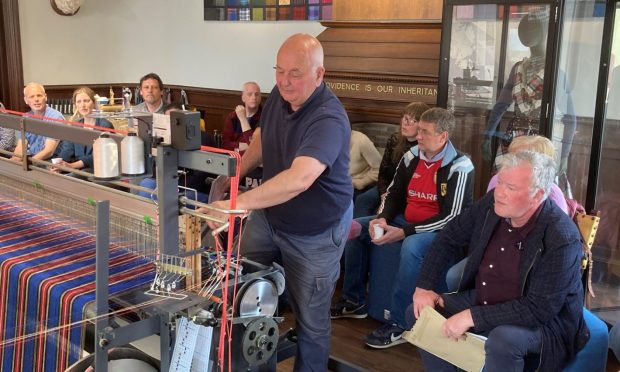

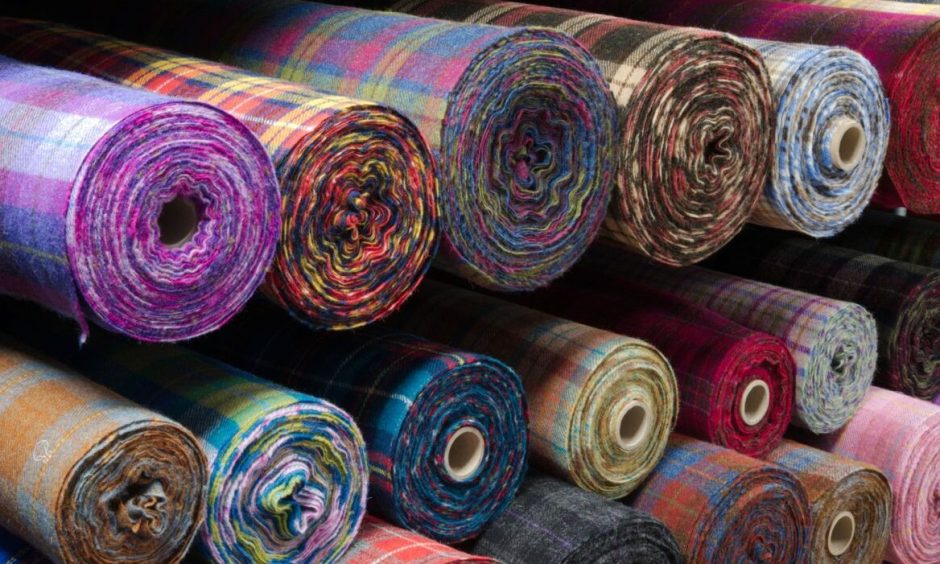

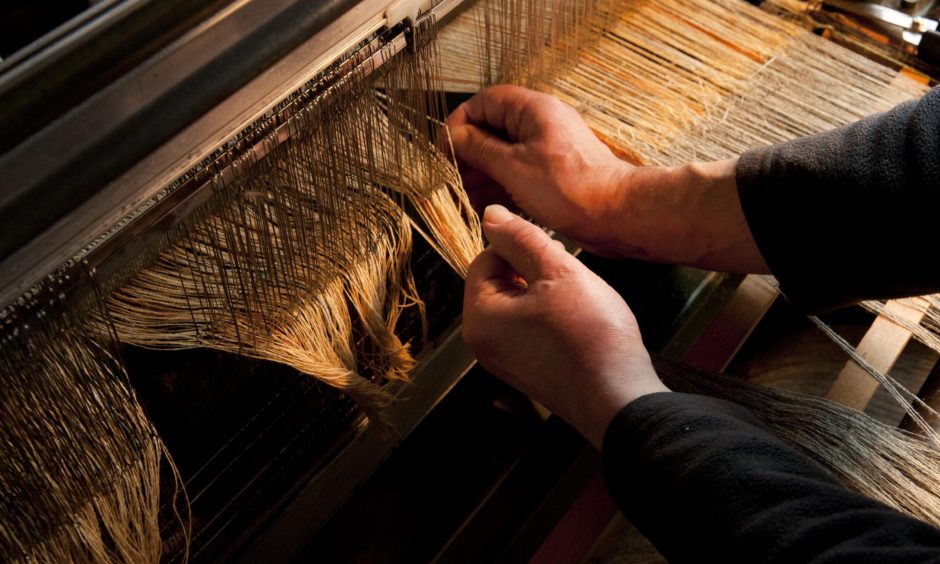
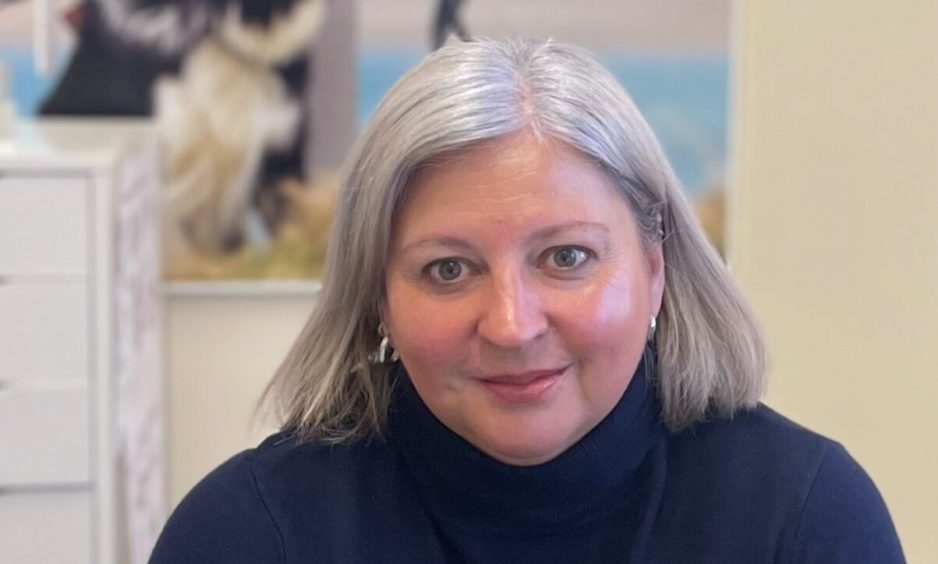

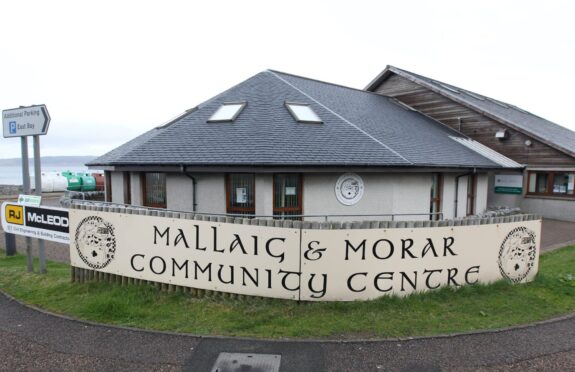

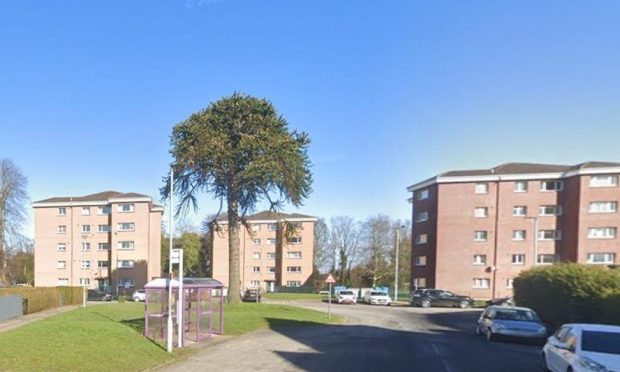
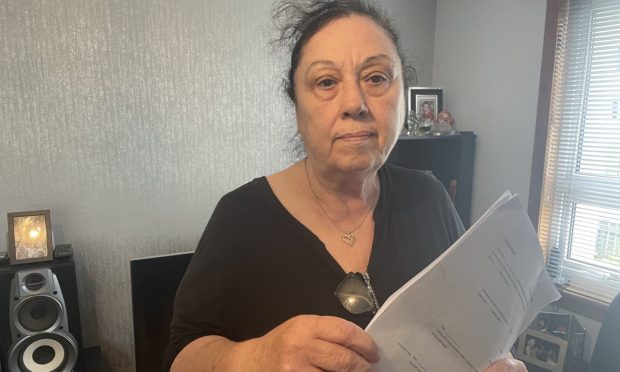
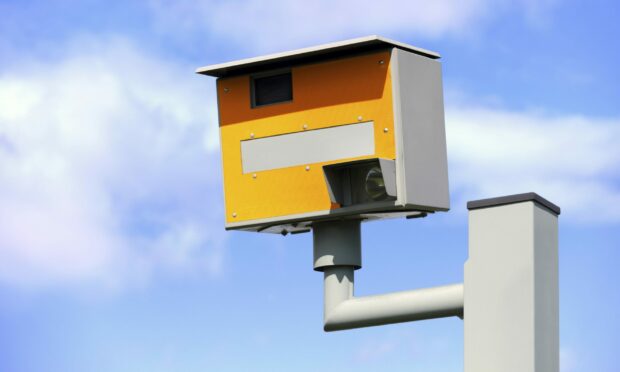
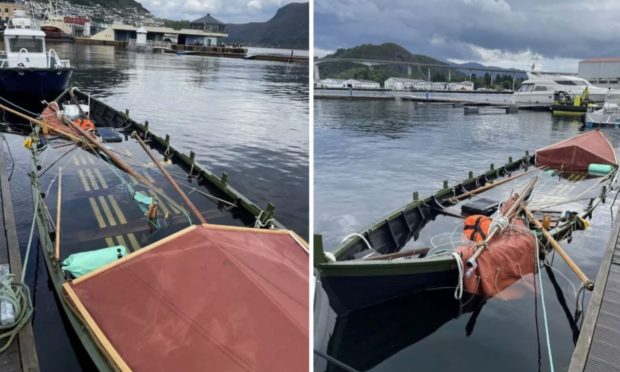


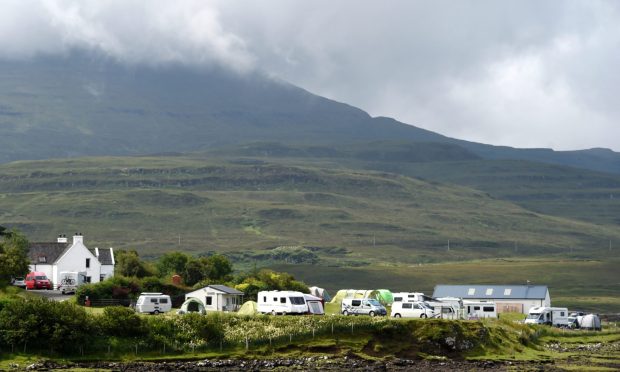
Conversation